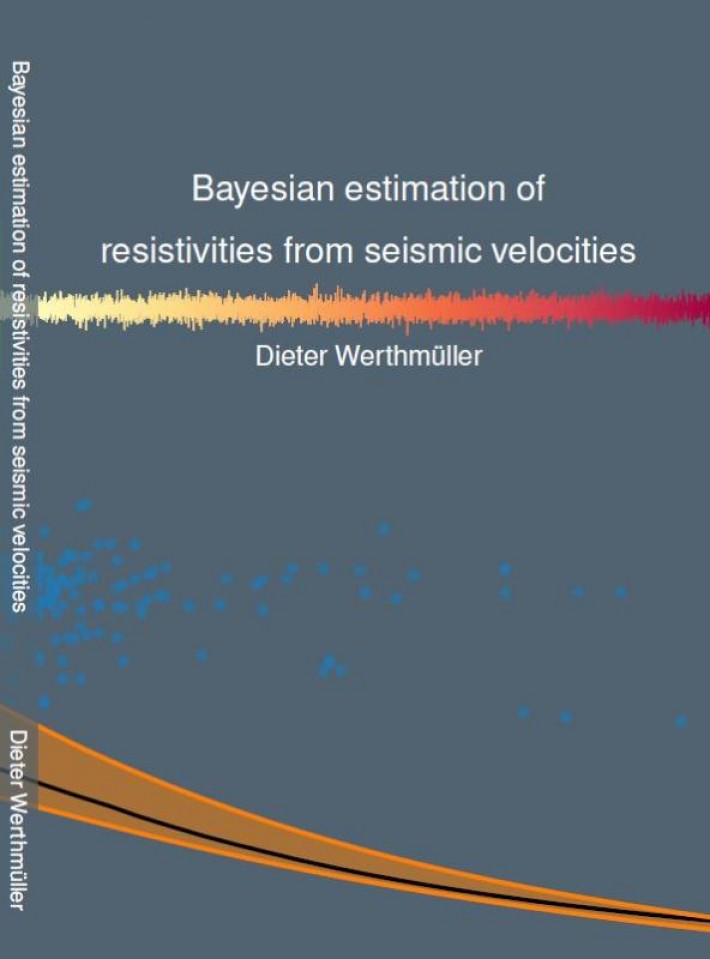dit werk kent de volgende uitvoeringen
Paperback
ISBN9789088918445
verschijningsdatum14/02/2014
verschijningsdatum14/02/2014

I address the problem of finding a background model for the estimation of resistivities in the earth from controlled-source electromagnetic (CSEM) data by using seismic data and well logs as guidance. Estimation of resistivities is normally done by trial-and-error, in a process called "inversion", by finding a model of the earth whose responses match the data to within an acceptable error; what comes out of the inversion is what is put into the model by the geophysicist: it does not come out of the data directly. The premise underlying this thesis is that an earth model can be found that satisfies not only the CSEM data but also the seismic data and any well logs. I present a methodology to determine background resistivities from seismic velocities using rock physics, horizons from seismic data, and depth trends. The physical parameters in the seismic theory are different from those in the electromagnetic theory, so there is no direct link between the governing equations. I carry out an uncertainty analysis to include not only the errors in the data and our limited knowledge of the rock parameters, but also the uncertainty of our chosen and calibrated velocity-to-resistivity transform. To test the methodology I use a well log from the North Sea Harding South oil and gas field to calibrate the transform, and apply it to seismic velocities of the nearby Harding Central oil and gas field. I also use CSEM processing tools to estimate the electric anisotropy and to improve the shallow part of the resistivity model, where there is no well control. Threedimensional modelling of this resistivity model predicts the measured CSEM data within the estimated uncertainty. This methodology makes it possible to estimate background resistivities from seismic velocities, well logs, and other available geophysical and geological data. Subsequent CSEM surveys can then focus on finding resistive anomalies relative to this background model; these are, potentially, oil and gas reservoirs.
About the Author:
Dieter Werthmüller, Swiss Geophysicist [B.Sc. Earth Sciences 2007: ETH Zürich; M.Sc. Applied Geophysics 2009: TU Delft, ETH Zürich, and RWTH Aachen; Ph.D. Geophysics 2014: University of Edinburgh]. Dieter has working experience in geophysical investigations in civil and geotechnical engineering, and in research for hydrocarbon exploration; the latter with an emphasis on electromagnetic methods and rock physics. [thesis.werthmuller.org]